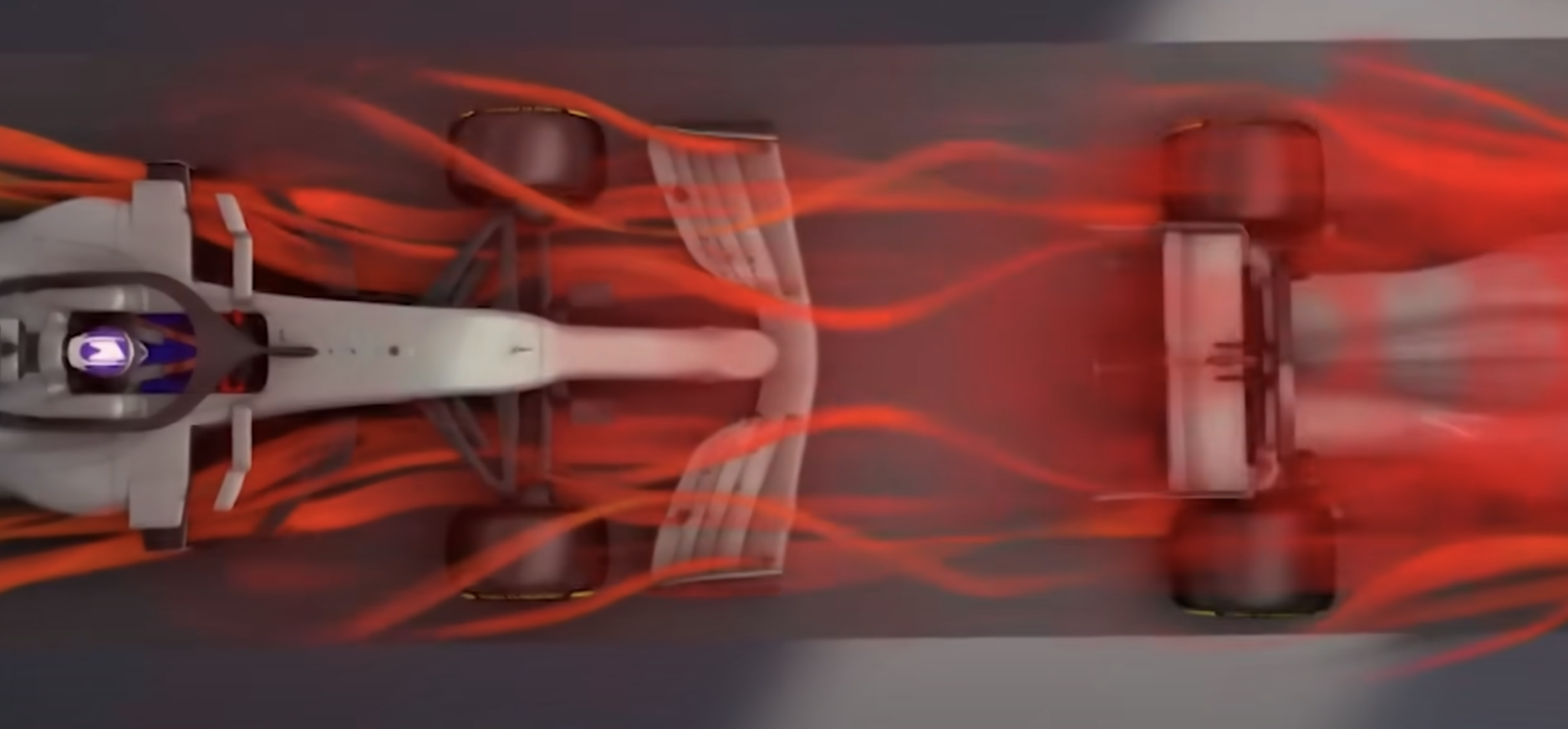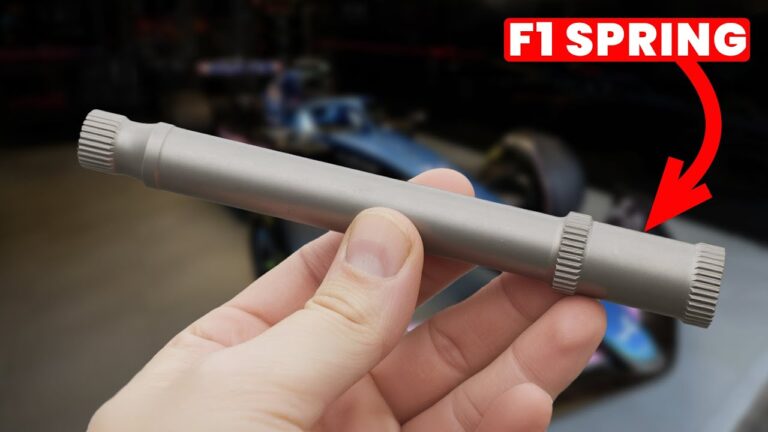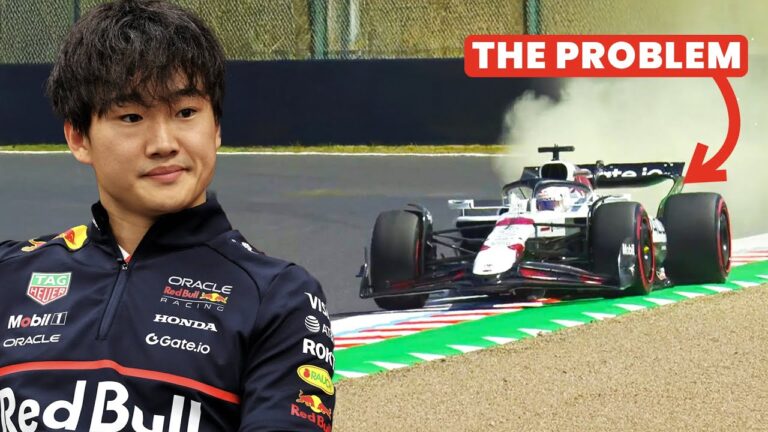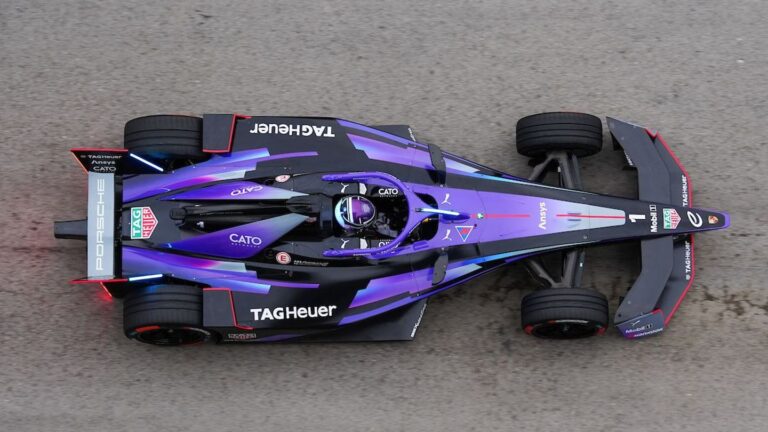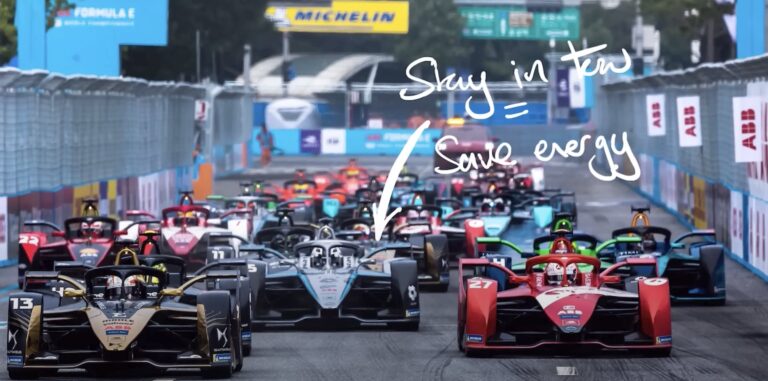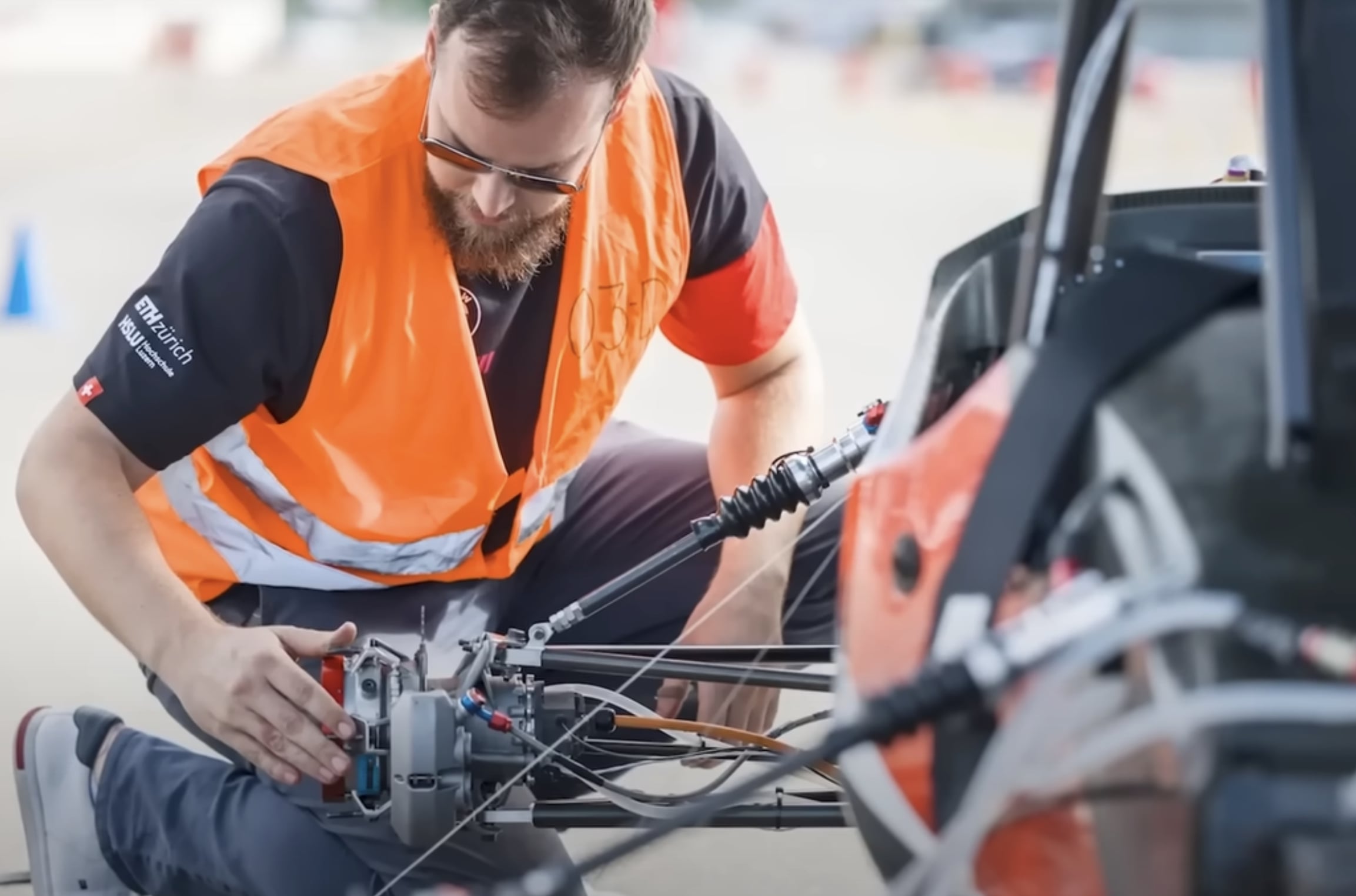
The racing world is buzzing with the anticipated release of the Gen 4 Formula E car in 2026. Rumored to boast 800 horsepower, all-wheel drive, and impressive engineering innovations, it’s clear Formula E has its sights set on pushing boundaries. While it may lack the roaring V10 soundtracks of traditional racing, the Gen 4 promises a quieter but equally thrilling experience, pushing closer to the raw speed and agility of Formula 1.
Formula E’s journey to this point has been marked by rapid developments. From Gen 1’s modest 330 horsepower to the upcoming Gen 3 Evo’s ability to engage front-wheel drive and accelerate from 0-60 mph in 1.8 seconds, the series has grown exponentially. However, the focus hasn’t been purely on speed. Instead, Formula E emphasizes efficiency and sustainability, with Gen 3 vehicles running 15 times more efficiently than their Formula 1 counterparts.

Gen 4 Brings All-Wheel Drive and Individual Wheel Motors
One of the most exciting prospects for Gen 4 is the potential for individual wheel motors. This shift would not only eliminate the need for a traditional differential but also bring the control of each wheel’s torque and speed under the command of software. This level of control could mean enhanced grip and acceleration, as the car’s onboard computer adjusts torque to each tire based on real-time conditions.
This unique approach isn’t just a performance booster; it’s a fundamental shift in how we think about car handling in motorsport. By constantly optimizing power distribution, Formula E engineers can ensure that each tire performs at its maximum potential through corners and during acceleration. The implications for cornering speed and overall car stability are massive, promising a tighter, more controlled racing experience.

Active Aero: Corner-by-Corner Control
Active aerodynamics in the Gen 4 car offer another leap forward, allowing for real-time adjustments that are traditionally the domain of supercars or limited applications in Formula 1. Drivers and teams can now optimize downforce on each corner, increasing stability and speed without adding unnecessary drag on straights.
Formula E’s use of active aero demonstrates the series’ commitment to efficiency – a hallmark of electric racing. Instead of merely piling on downforce to improve lap times, active aero lets drivers add or reduce downforce dynamically, preserving battery life while maintaining competitive speeds.

What About Formula 1 Speeds?
With Gen 4’s advancements, is Formula E positioning itself as a direct rival to Formula 1? The series remains committed to its distinct identity. While the Gen 4’s power and efficiency could edge closer to Formula 1 lap times, Jaguar TCS team principal James Barkley notes that the focus is not on outright speed. Instead, Formula E prioritizes tight, competitive racing that keeps fans on the edge of their seats.
Electric motorsport’s unique challenges – like balancing power, weight, and battery life – mean that the push for faster lap times is nuanced. Formula E is striking a careful balance between speed and the kind of close racing that has made it popular, avoiding the pitfall of speed-focused performance that often reduces overtaking opportunities.
Balancing Speed with Close Racing
The Gen 4 car’s advances offer Formula E a path toward high speeds without sacrificing the intense wheel-to-wheel racing the series is known for. In conventional racing, faster cars often lead to less overtaking due to aerodynamic wake, braking efficiency, and acceleration disparities. Formula E’s approach minimizes these issues by focusing on handling, torque vectoring, and aerodynamics optimized for competitive racing rather than pure speed.
This dedication to innovation and racing quality reflects Formula E’s willingness to rethink traditional motorsport paradigms, promising a unique spectacle for fans of electric and traditional motorsport alike. The Gen 4 Formula E car is poised to set new standards in electric racing, not just in speed but in redefining what it means to race competitively in the electric era.
